Spectrum Summary: Challenges before The New-Born Nation | History for UPSC CSE PDF Download
First Day of Independent India
- On August 15, 1947, Jawaharlal Nehru, as Prime Minister of India, hoisted the Indian national flag above the Lahori Gate of Red Fort in Delhi.
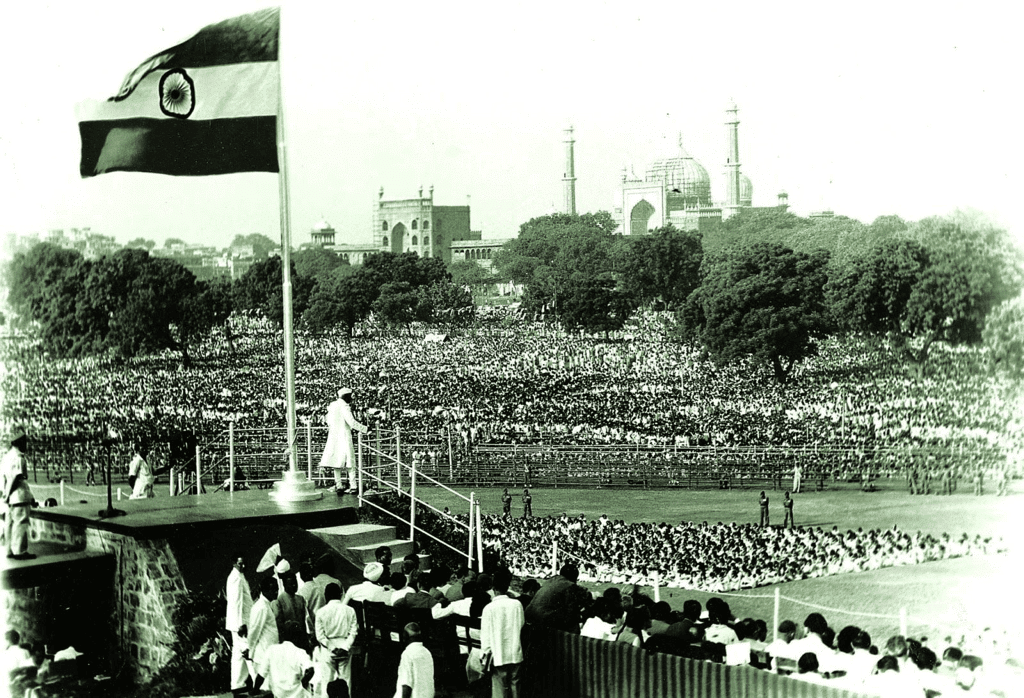 First Day of Independent India
First Day of Independent India
- The Constituent Assembly of India met at 11 p.m. on August 14, 1947. Rajendra Prasad presided over the session.
- The governor-general and the ministers were sworn in. Jawaharlal Nehru took charge as the first Prime Minister of India on August 15, 1947, and was assisted by 15 other members. Sardar Patel served as the deputy prime minister till his death in December 1950.
- Lord Mountbatten, and later C. Rajagopalachari served as Governor-General till January 26, 1950, when India became a republic and elected Rajendra Prasad as its first president.
Independent India, however, had to face several challenges.
Challenges Ahead of Independent India
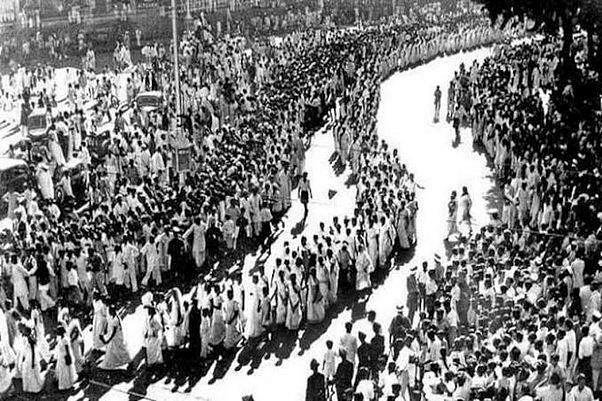
Immediate Challenges
- Territorial and Administrative Integration of Princely States: This is like putting together different pieces of a puzzle. Imagine our country is a puzzle, and some pieces are separate states. Territorial and administrative integration means bringing these states together and organizing how they will work as one nation.
- Communal Riots: Communal riots are like big fights between different groups of people who belong to different communities or religions. It's important to prevent these fights to keep everyone safe and ensure harmony among all communities.
- Rehabilitation of Nearly 60 Lakh Refugees Migrated from Pakistan: This is about helping and settling around 60 lakh people who had to leave their homes in Pakistan and come to India. Rehabilitation means providing them with homes, jobs, and support to start a new life.
- Protection of Muslims Living in India as well as Those Going to Pakistan from Communal Gangs: It's like making sure that everyone, especially Muslims, is safe from groups of people who want to create conflicts based on religion. This includes protecting Muslims in India and those who might be going to Pakistan.
- Avoiding War with Pakistan: This is about trying to find peaceful solutions and not getting into fights or wars with our neighboring country, Pakistan. It's like choosing to talk and negotiate instead of fighting.
- Communist Insurgency: Communist insurgency refers to challenges or conflicts with groups that follow certain political beliefs. It's important to address these issues peacefully and find solutions that work for everyone.
Medium-Term Challenges
- Framing of the Constitution for India: There was a need to create a set of rules or a guidebook that explained how our country should be run. It includes the rights and responsibilities of the people, how leaders are chosen, and the basic principles everyone should follow.
- Building of a Representative, Democratic, and Civil Libertarian Political Order: This is about forming a government system where the people choose representatives to make decisions for the whole country. It's democratic because everyone has a say in choosing these representatives. "Civil libertarian" means that individual freedoms and rights are protected, ensuring that people have the freedom to express themselves and make choices within certain limits.
- Elections: Elections are like a big voting day where citizens get to choose their leaders. It's a way for everyone to have a say in who should represent them in the government.
- Abolition of Feudal Set Up in Agriculture, etc.: Abolition of feudal setup in agriculture means getting rid of a system where a few powerful individuals control and own most of the land, leaving others with less power. It's like making sure that everyone has a fair share and opportunity in farming and related activities.
Long Term Challenges
- National Integration: National integration means bringing people from different regions, cultures, and backgrounds together as one united nation. It's like building a strong bond among citizens so that everyone feels connected and works together for the betterment of the country.
- Economic Development: Economic development is about making the country's economy stronger and better. It involves creating more jobs, improving businesses, and increasing the nation's overall wealth. When the economy develops, people generally have better living standards and more opportunities.
- Poverty Alleviation: Poverty alleviation is the effort to reduce and eliminate poverty. It means helping people who are struggling financially so that they can have a better life. This might involve providing jobs, education, healthcare, and other support to uplift those living in poverty.
Radcliffe’s Boundary Award and the Communal Riots
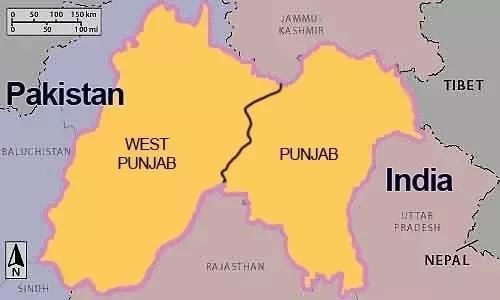
(a) West Punjab which went to Pakistan received 62,000 square miles of territory and 15.7 million people (census 1941), of whom 11.85 million were Muslims.
(b) East Punjab (India's share) received 37,000 square miles of land area, with a population of 12.6 million, of whom 4.37 million were Muslims.
(c) West Bengal became part of India with a territory of 28,000 square miles, and a population of 21.2 million, of whom 5.3 million were Muslims
(d) East Bengal, which constituted East Pakistan, got 49,400 square miles of territory and 39.10 million people.
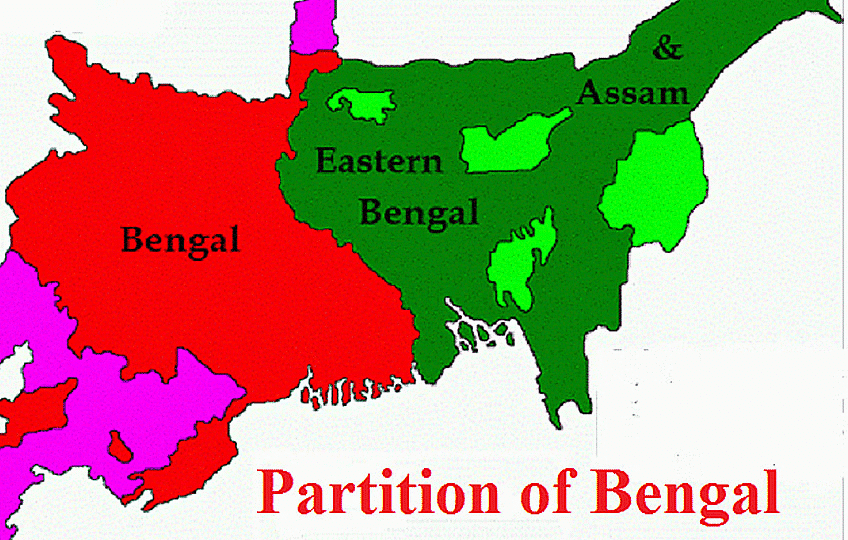
Thus on both sides of the Radcliffe Line, sizable sections of populations became minority (religion-wise)—20 million non-Muslims in Pakistan and 42 million (later reduced to 35 million) Muslims in India.
Challenges before the Boundary Commission
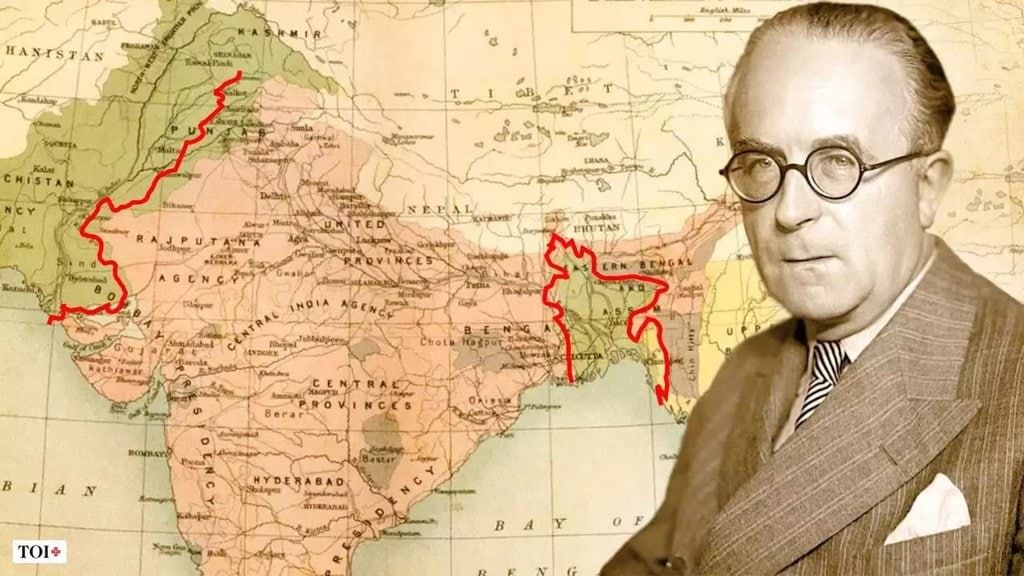
- Boundary Commission Appointment: The British government speedily appointed the Boundary Commission chaired by Sir Cyril Radcliffe. Radcliffe had limited knowledge of India and faced serious time constraints.
- Composition and Constraints: The Boundary Commission had two Muslim and two non-Muslim judges in each case. Radcliffe used outdated maps and census data. The task was to draw boundaries and resolve disputes within six weeks.
- Factors Considered: Religious demography (Muslims, Hindus, Sikhs) was a crucial factor. Other factors included natural boundaries like rivers, administrative units, economic viability, and infrastructural facilities.
- Sikh Complexity: Sikhs were a third party, scattered throughout Punjab. Sikhs demanded the inclusion of all Sikh holy shrines in East Punjab (India), complicating the situation.
- Rational Approach vs. Political Considerations: Legal intricacies led to a shift from a rational approach to political considerations. The Census of 1941, the basis for decisions, was flawed.
- Timing of Boundary Commission Report: The report was ready by August 12 but intentionally made public after August 15 by Lord Mountbatten. This aimed to avoid British responsibility for consequences like communal riots.
- British Exit Amidst Unrest: The British decision to demarcate the boundary and leave during the unrest was viewed as callous.
Regions Most Affected by Riots
- Communal Riots Onset: Communal riots began in August 1946, escalating with the announcement of partition and independence.
- Violence Along Radcliffe Line: Regions affected by the Radcliffe Line experienced extreme violence. Maximum atrocities, including murders, rapes, and abductions, occurred.
- Armed Bands and Crimes: Armed groups of Sikhs (and Hindus) and Muslims committed severe crimes in cities and countryside. A war of extermination ensued on both sides of the border.
- Casualty Estimate: Approximately 180,000 people were killed (60,000 in the west, 120,000 in the east).
- Bengal vs. Punjab Violence: Gandhi's efforts in Bengal led to less violence compared to the intense situation in Punjab.
- Riots in Delhi: Communal riots erupted in Delhi, with Muslims facing retaliation for the violence in Punjab. Gandhian fasts had a temporary impact on calming the situation.
- Violence in Bihar and Garhmukteswar: Before partition, Hindu-Muslim violence occurred in Bihar in October 1946. In Garhmukteswar, Hindu pilgrims killed thousands of Muslims. Post-partition, Gandhi's initiatives prevented massacres in these regions.
- Boundary Force and Division: Governor-General assembled a boundary force of 50,000 men anticipating riots. Nehru's decision not to involve British troops proved devastating. The boundary force became divided along communal lines.
- European Officers' Departure: European officers preparing to leave India left a leadership vacuum during the crisis.
- Control Measures and Disorder: Lockhart, Commander-in-Chief of the Indian Army, suggested that widespread disorder could have been controlled with personnel from civil and armed services in their respective new countries.
Challenges Associated with Division of Resources
- Division of Civil Government To resolve the division of civil government amicably, a partition council, presided over by the governor-general and consisting of two representatives each of India and Pakistan, was set up. All civil servants were offered to give their option about the Dominion they wanted to serve.
- Division of Finances Pakistan wanted a one-fourth share of the total cash balances, but India had to point out that only a small portion of the cash balances represented the real cash needs of undivided India and the rest was maintained only as an anti-inflationary mechanism.
- Division of Defence Personnel and Equipment For a smooth division of the armed forces and their plants, machinery, equipment, and stores, a joint defense council, headed by Auchinleck as its Supreme Commander, was set up. the British troops started to leave India on August 17, 1947, and the process was completed by February 1948.
The Assassination of Gandhi
Mahatma Gandhi was shot dead by Nathuram Godse during a prayer meeting at Birla Mansion in New Delhi on 30th January 1948.
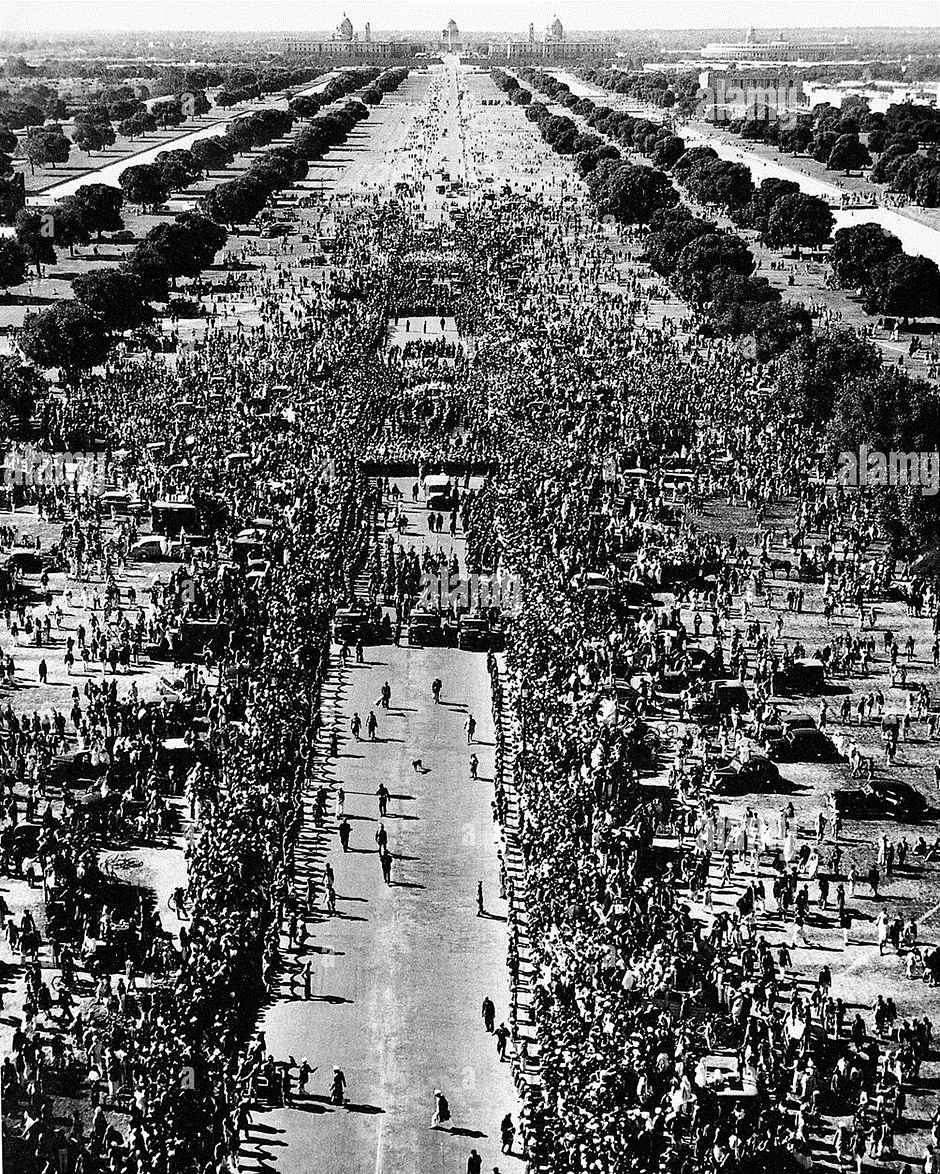 Mahatma Gandhi's Funeral Procession
Mahatma Gandhi's Funeral Procession
- Shock Waves and Communalism: The event shocked the nation. Communalism and misinterpretation of nationalism influenced Godse to kill Gandhi.
- Nehru's Address to the Nation: In an All India Radio address, Nehru expressed the profound loss and darkness felt across the nation. Urged dedication to truth and the causes for which Gandhi lived and died.
- Sardar Patel's Appeal for Non-Violence: Sardar Patel appealed for non-revenge, urging people to follow Gandhi's message of love and non-violence. Acknowledged shame that the world's greatest man paid with his life for the sins committed.
- Trial and Sentence of Nathuram Godse: Godse was tried and sentenced to death. Godse justified his actions by citing Gandhi's perceived favoritism towards Muslims, especially his last pro-Muslim fast.
- Ban on RSS: On February 4, 1948, the government banned the Rashtriya Swayamsevak Sangh (RSS). Right-wing extremism represented by the RSS was seen as harmful to national unity. Although not directly involved in Gandhi's assassination, the RSS was associated with Punjab violence and rumored celebrations of Gandhi's death.
- Lifting of the Ban: The ban was lifted in July 1949 after the RSS accepted government conditions. Conditions included restricting activities to culture, renouncing violence, professing loyalty to the Indian Constitution and flag, and organizing democratically.
Rehabilitation and Resettlement of Refugees
The people displaced by partition were 'refugees' in the sense that they had not left their homes voluntarily. The Indian government established an emergency committee of the cabinet to deal with the crisis in Delhi, and a Ministry of Relief and Rehabilitation to look after the refugees.
- East Punjab: For urban refugees, the government started industrial and vocational training schemes, and even grants were given to start small businesses or industries. Rural refugees were given land, agricultural loans, and housing subsidies.
- Bengal:
- The problem was for a long time and complicated in Bengal. By 1948, only a small group of high-caste, landed, or middle-class Hindus migrated to West Bengal by arranging the exchange of property or jobs on individual levels.
- But during December 1949 and January 1950, due to a fresh outbreak of violence in Khulna, a large number of peasants started to leave East Pakistan.
- In revenge, anti-Muslim riots started in February 1950 and forced about one million Muslims to leave West Bengal.
- Delhi Pact on Minorities To resolve the problems of refugees and restore communal peace in the two countries, especially in Bengal (East Pakistan as well as West Bengal), the Indian prime minister, Jawaharlal Nehru, and the Pakistani prime minister, Liaquat Ali Khan, signed an agreement on April 8, 1950.
- The agreement, known as the Delhi Pact on Minorities or Liaquat-Nehru Pact, envisaged the appointment of ministers from minority communities in both Pakistan and India at both central and provincial levels.
- Under the pact, minority commissions were to be set up, together with the Commissions of Inquiry to look into the probable causes behind the communal riots on both sides of the border
- Centers of Refugee Settlements in India-
- Ulhasnagar (city of joy), in Maharashtra, was specially developed to settle refugees from Sindh areas.West Bengal, Assam, Tripura, and other northeastern states accommodated the refugees from East Pakistan (present Bangladesh).
- People who came from West Pakistan settled in states like Punjab (which at the time included present-day Haryana) and Himachal Pradesh. The Sindhi Hindus settled in Gujarat, Maharashtra, Rajasthan, and Madhya Pradesh.
- The government settled some refugees in the Andaman Islands too (at present, Bengalis form the largest linguistic group in some parts of the Andaman Islands).
- In Delhi, Lajpat Nagar, Rajinder Nagar, Punjabi Bagh, Nizamuddin East, and Kingsway Camp were some areas developed into housing complexes to settle the refugees permanently.
Communists and Independence
- Indian Army Intervention in Hyderabad (September 1948): The Indian army intervened in Hyderabad, citing the need to maintain law and order in South India. The Nizam of Hyderabad did not resist much, and control was taken without significant opposition.
- Complications in Hyderabad Due to Telangana Movement: Internal politics in Hyderabad became complicated due to the Telangana movement led by communists. The Congress-communist alliance had broken before Hyderabad's accession to India.
- Communist Party of India (CPI) Stand: In December 1947, CPI denounced Indian independence as 'fake' with the slogan 'ye azadi jhooti hai.' CPI labeled the Congress government, led by Nehru, as stooges of Anglo-American imperialism and feudal forces.
- CPI's Political Thesis (February-March 1948): In its Second Congress in Calcutta, CPI adopted the 'Political Thesis.' Declared the national government established on August 15, 1947, as the major enemy requiring change through a general revolution.
- B.T. Ranadive Line: Communist leaders, following the B.T. Ranadive line, aimed to replace the present state with a people's democratic republic involving workers, peasants, and oppressed middle classes.
- Communist Insurgency Spread: Communist insurgency extended to other parts of India, especially West Bengal. Revival of the Tebhaga Movement and an urban insurgency in Calcutta were observed.
Why Communists were Skeptical about Independence?
- They thought that to distract people from the hatred between different communities after the country's partition, it was important to have a plan of fighting for the rights of different social classes. They believed in using armed resistance against the government led by the Congress party, which they saw as working closely with the wealthy class. This way, they hoped to shift the focus of the public from communal tensions to the struggle for the rights of all social groups.
- The late 1940s and the early 1950s witnessed communist successes in Asian countries like China, Malaya, Indonesia, the Philippines, and Burma (Myanmar).
- According to Ramachandra Guha, the CPI leadership, encouraged by the initial successes of the Telangana movement, misconceived the scattered disillusionment with the Congress as revolutionary potential, and thought this as the 'beginning of Red India'.
Shift from Antagonistic Strategy to Constitutional Democracy
- Localized Communist Movement: The communist movement was localized in Hyderabad and West Bengal. Mass support was sporadic and conditional as people were not ready to reject the Congress immediately after Independence.
- Government Action Against Communists: The government took stern action against the communist movement. In the Hyderabad region, the Indian armed forces conducted a 'police action.' In West Bengal, CPI was banned in March 1948, and a security act was passed in January to imprison communist leaders without trial.
- Internal Divisions within Communist Leadership: Within the Communist leadership, divisions emerged on the 'Chinese line' and the 'Russian line.' These divisions widened after the failure of a proposed railway strike on May 9, 1949.
- Criticism by Prominent Communist Leaders (September 1950): Leaders like Ajoy Ghosh, S.A. Dange, and S.V. Ghate criticized the organization for faulty strategies and a failure to understand the true picture of independent India.
- Shift in Communist Policy (October 1951): At the Third Party Congress of the CPI in Calcutta in October 1951, a significant shift in policy was endorsed. The decision was made to withdraw from the Telangana movement and form an inclusive front of peasants, workers, and middle classes.
- Lifting of Ban and Participation in Elections: As a result of the policy shift, the ban on the CPI was lifted by the government. Indian communists participated in the general election of 1951-52, moving from an insurrectionist path to the path of constitutional democracy.
Hence, the communist movement faced challenges with localized support, government actions, and internal divisions. A shift in policy in 1951 led to the withdrawal of the Telangana movement, the lifting of the ban, and the participation of Indian communists in the democratic process during the 1951-52 general elections.
|
228 videos|855 docs|219 tests
|
FAQs on Spectrum Summary: Challenges before The New-Born Nation - History for UPSC CSE
| 1. What were the challenges faced by independent India on its first day? |  |
| 2. What was the significance of Radcliffe's Boundary Award and how did it contribute to communal riots? |  |
| 3. What led to the assassination of Mahatma Gandhi? |  |
| 4. How did independent India address the rehabilitation and resettlement of refugees? |  |
| 5. How did the Communist movement influence India's struggle for independence? |  |






















